Egypt 3: Empires Lost in the Valley
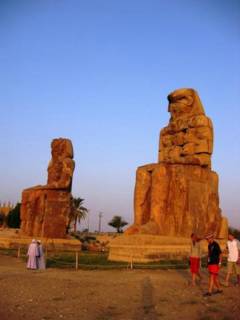
Colossi of Memnon
At sunrise, we set off for the renowned Valley of the Kings. In truth that covers the Valley of the Kings, Queens, and Nobles. Given our limited time we planned to visit only the tombs of three Pharoahs, the Temple of Queen Hatshepsut, and a couple of Nobles' tombs.
The Valley of the Kings is not the desert third-world backwater some people think it is. It is remarkably organized - Disneyworld-like people-transporters take you from the parking area to the ticket counter, where foreigners are directed to one window to pay an entrance fee that is 10 times that of an Egyptian, who smugly go to the other window. This is no joke - this was the first of many differentiating fee practices at Egypt's major attractions. This is meant to serve a good cause, by encouraging Egyptian interest in its own history/culture, while I get a ticket stub with English print on it.
Photo-taking is not allowed inside the tombs, which was a shame because I can't share with anyone else the marvelous artistry I saw. Another shame was the number of times we were informed that treasure was taken or relics were destroyed by tomb-raiders. Considering that the tomb-raiders only left a fraction of the original treasures, it boggles the mind how much opulence surrounded the lives of these historic rulers.
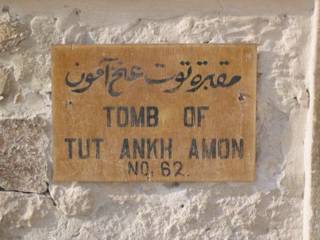
Regardless, what is left is magnificent. Mostly they were wall murals that document the accomplishments of the buried. Ancient Egyptians believe that after death, the heart of the deceased is "weighed" to see if it is found wanting. As a result, especially for royalty, there were many wall panels dedicated to wars, prisoners captured, lands conquered, tributes made, priests feted and gods worshipped. All in an effort to demonstrate a heart worth its weight in gold.
The royal tombs were a good place to learn about Egyptian mythology. In addition to motifs that depicted various Pharoahs peopled with the spirits of the Jackal, the Wolf, the Stork, the Scarab, the Snake, the Boar, the Lion (which is Tutankhamun's favorite), there were repeated renderings of Nut, the Mother of All. She swallows the sun at night and gives birth to it in the morning. I like the idea of a woman being responsible for the beginning and end of each day.
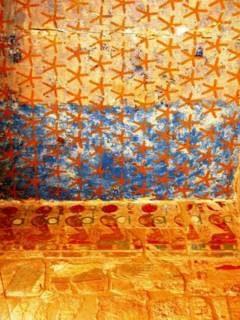
3,500 year old paintings
The Valley of the Nobles and the Temple of Hatshepsut (or "hot chicken soup", as the locals call it, during summer) were more of the same dedication to detail.
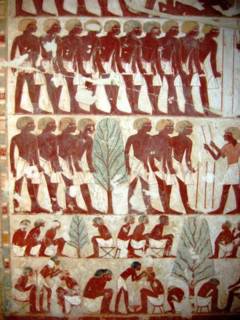
Murals in Tomb of the Nobles
The overwhelming impression among all that we saw was the level of idolization that these rulers received. It must have been something akin to worship that made these subjects put in such effort to produce miles and miles of figures, hieroglyphs and stone carvings. Either that, or a population under significant duress. The confluence of power in such a concentrated area was evident. Vanities and egos across the ages fighting for the same space.
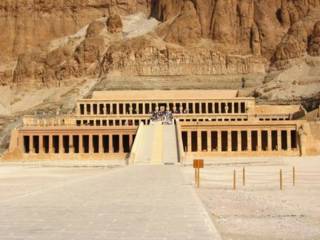
Temple of Hatshepsut
The Temple of Hatshepsut was remarkable for one other thing -- the timeless struggle by a woman to prove herself just as powerful as a man. Queen Hatshepsut was able to do that through a combination of propaganda, by mixing myth with reality and twisting legend and folklore to support her claim to power.
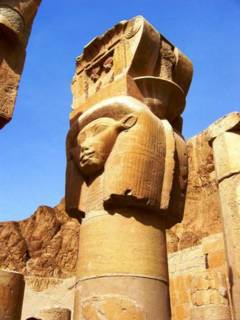
Shrine Column
Once in power, she spared no time establishing monuments that were testament to her supremacy - bearded statues of herself in the pose of Osiris, shrine columns with a statue of her head on top of each, carvings that document her claim to godly protection, and more.
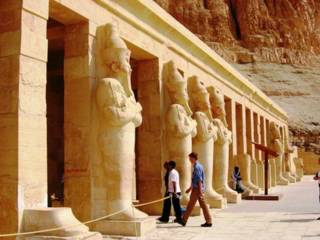
Bearded Statues
And as proof that nothing is forever, after her death, the pharaoh that claimed her throne built walls that blocked her obelisks from the rays of the sun. Renderings of her on her own shrine walls were scratched off, and her statues were torn down and crumbled to become no more than particles among the sands of time.
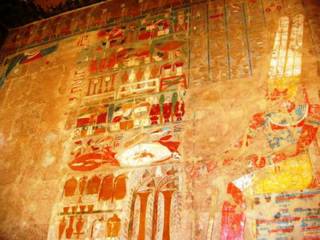
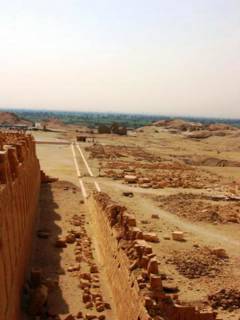
Fall of Hatshepsut
Karnak Temple is another reminder of the impermanence of life. Kings and Queens attempted to erect proof of their legacy on this revered site, but these relics eventually faced either natural disasters or political vengeance and today all that is left is a shadow of what it once was.
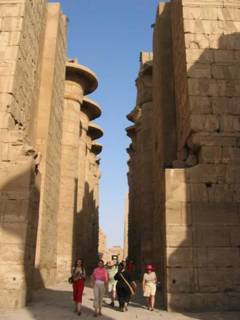
Columns in Karnak Temple
It was a potpourri of different Egyptian architectural style, now old caretakers in the galabiyyas sit on the walls and wild goats are running around where pharaohs used to step.
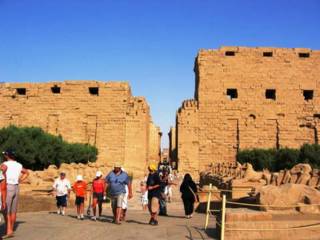
Tourists in Karnak at Peak Hour
The number of tourists was overwhelming during peak hours, but at the 2 hours before the temple closes, the fading sun saw to the departure of commercialism and ushered in legend and myth. I heard the echoes of Karnak Temple best at dusk, and into the night.
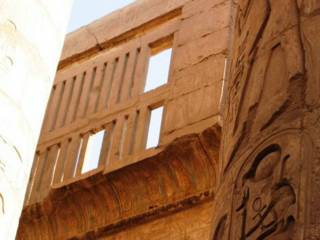
Ancient Egyptian Windows and Hieroglyphs
Here are some other glimpses of the strange mix that is Ancient Egypt today:
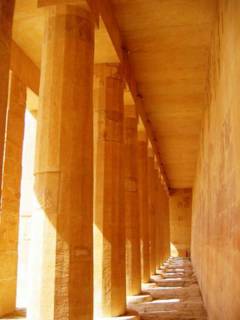
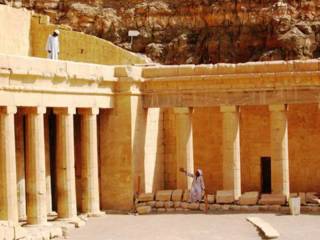
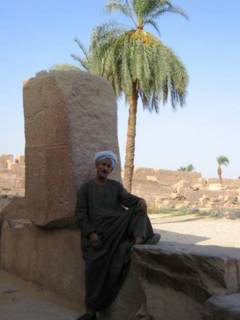
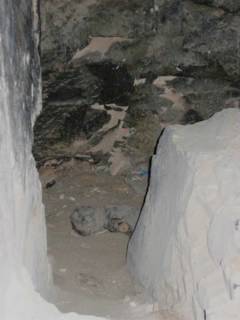
For the people interested in the macabre, they may be pleased to note that I actually saw a mummy in the Valley of the Nobles, stripped of its linen, coffin and sarcophagus.
This tomb was close to the village of Ghurna, which legend has it live the descendants of the original tomb raiders.
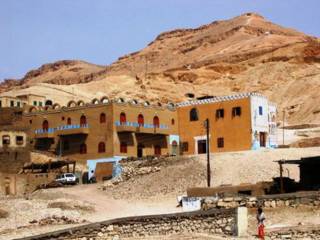
Village of Ghurna
Now the majority of Ghurna residents either tout tourist souvenirs or act as foremen for excavation projects.
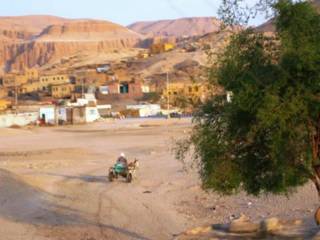
Ghurna set in the Valley
We spent the rest of our time in Luxor enjoying the Nile at sunset, which also meant it was too late for us to go on a felucca ride. It is unfortunate that feluccas do not operate after dusk, as that is when the Nile is the most beautiful.

The Nile passing through Luxor

Brave Felucca Boy
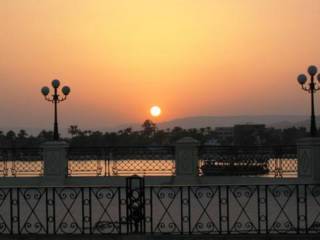
Corniche Sunset in Luxor
We boarded our plane ride then back to Cairo, and it was a little unsettling to be back in honking, squeezing, pushing and pulsing traffic and city folk all over again. We tried to find a quiet spot in Cairo to recover from Luxor withdrawal, and decided to bring pizza to the top of the hill Mo Atem. Well it turned out to be full of parked cars with loving couples, family gatherings, teenage gangs and the occasional engaged party taking pictures. The view was breathtaking, but there never seemed to be a quiet spot to be alone in Cairo.
Next: Cairo - A Better Look http://atygerontheloose.blogspot.com/2004/08/egypt-4-cairo-modernity-and-history.html

0 Comments:
Post a Comment
<< Home